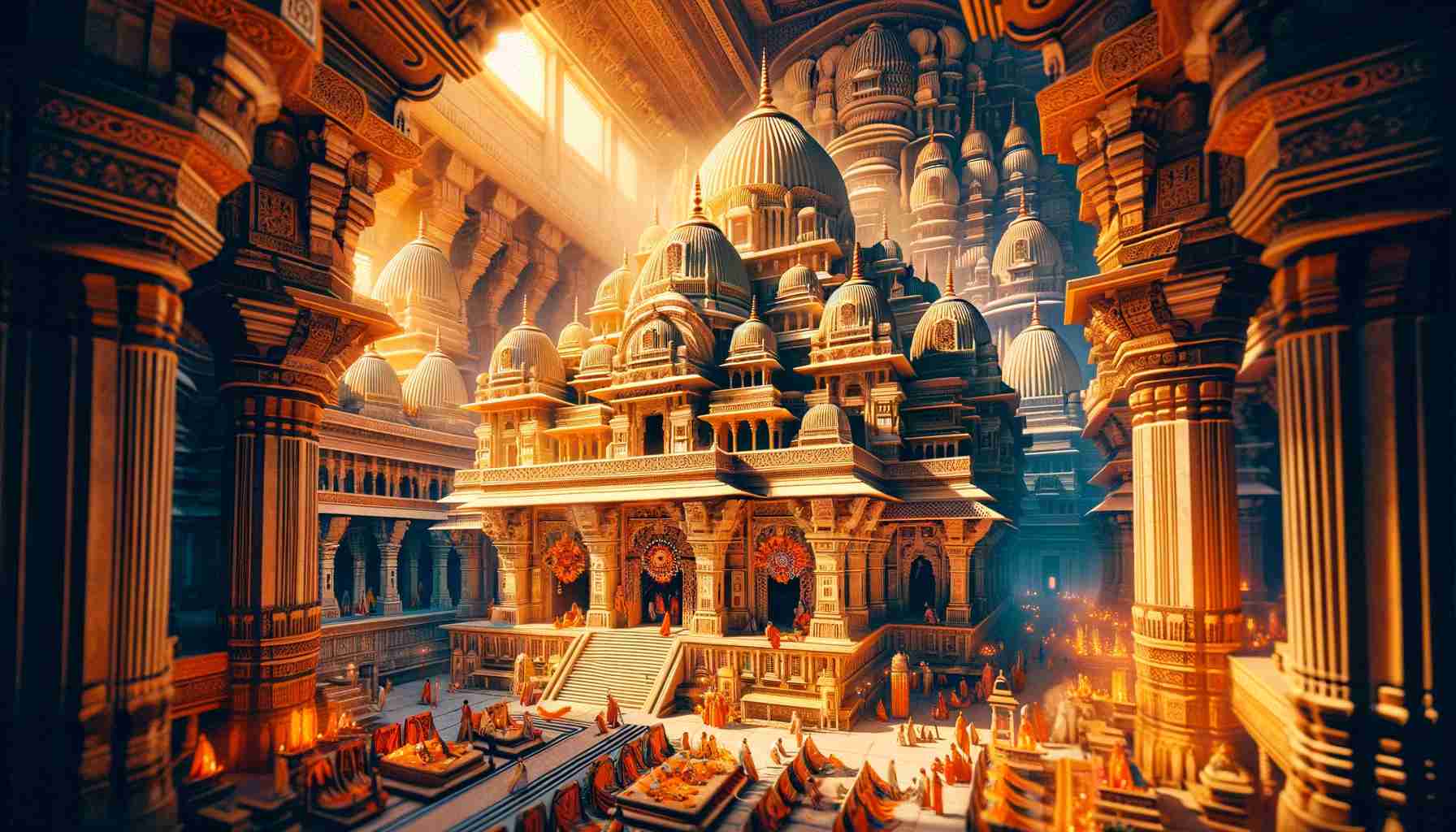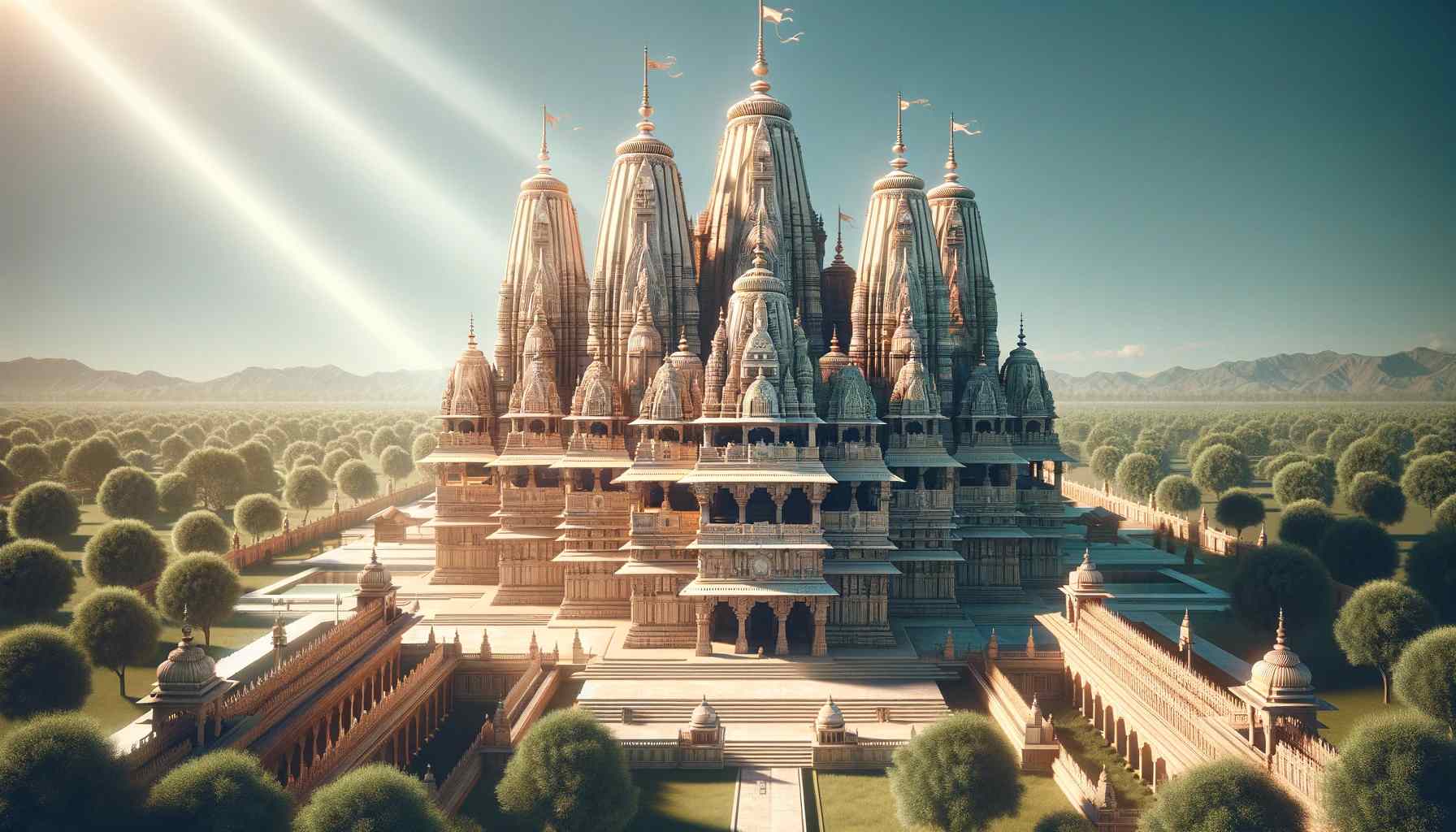As Ayodhya prepares to host the grand inauguration of the Ram Mandir on January 22, we take a look at some important facts about the temple that you should know.

Special feature of the temple: Spread across three floors, covering 2.7 acres, the ground floor depicts Lord Ram’s life, while the first floor will immerse visitors in the grandeur of Lord Ram’s Darbaar, crafted with Bansi Paharpur, a pink sandstone from Rajasthan’s Bharatpur. This temple spans 360 ft in length, 235 ft in width, and reaches a height of 161 ft, including the peak. With three floors and 12 gates, it stands as a majestic testament to architectural grandeur.
Nagar style architecture: The temple incorporates 360 pillars in the Nagar style, enhancing its visual appeal and making it a masterpiece of architectural finesse.
Largest temple in India: The soon-to-be-inaugurated Ram Mandir is all set to become the largest temple in India based on its design structure. The Sompura family, responsible for the temple’s design, revealed that the architectural plans were conceived 30 years ago by Ashish Sompura, the son of Chandrakant Sompura. According to the family, the temple is expected to stand at a height of approximately 161 ft, covering an expansive area of 28,000 sq ft.
No iron or steel used: As per many reports, the Ram Mandir has been completely built of stones, and no steel or iron was used.
Soil from Thailand: As a gesture of international spiritual camaraderie, soil from Thailand has been sent for the consecration ceremony of Ram Lalla on January 22, 2024, which reinforces the universal resonance of Lord Ram’s legacy beyond geographical boundaries.
Contribution of holy rivers: Reports add that the August 5th consecration ceremony was carried out with the holy water from 150 rivers across India.
Time capsule for posterity: A time capsule buried 2000 ft below the temple will include a copper plate inscribed with relevant information about the temple, Lord Ram, and Ayodhya, preserving the temple’s identity for future generations.
The architects: As per the reports, they hail from the illustrious Sompura family, known for crafting more than 100 temples worldwide, including the revered Somnath Temple. Led by chief architect Chandrakant Sompura and supported by his sons Ashish and Nikhil, they have created a legacy transcending generations in temple architecture.
‘Shri Ram’ bricks: It’s interesting to note that the bricks used in constructing the Ram Mandir bear the sacred inscription ‘Shri Ram.’ This echoes an ancient practice during the construction of Ram Setu, promising enhanced strength and durability for the modern iteration of these bricks.
The sacred foundation: The foundation of the Ram Mandir holds profound spiritual significance, as sacred soil from 2587 regions were brought in to build it. Some of the notable places included Jhansi, Bithoori, Haldighati, Yamunotri, Chittorgarh, Golden Temple, and many other holy places.



